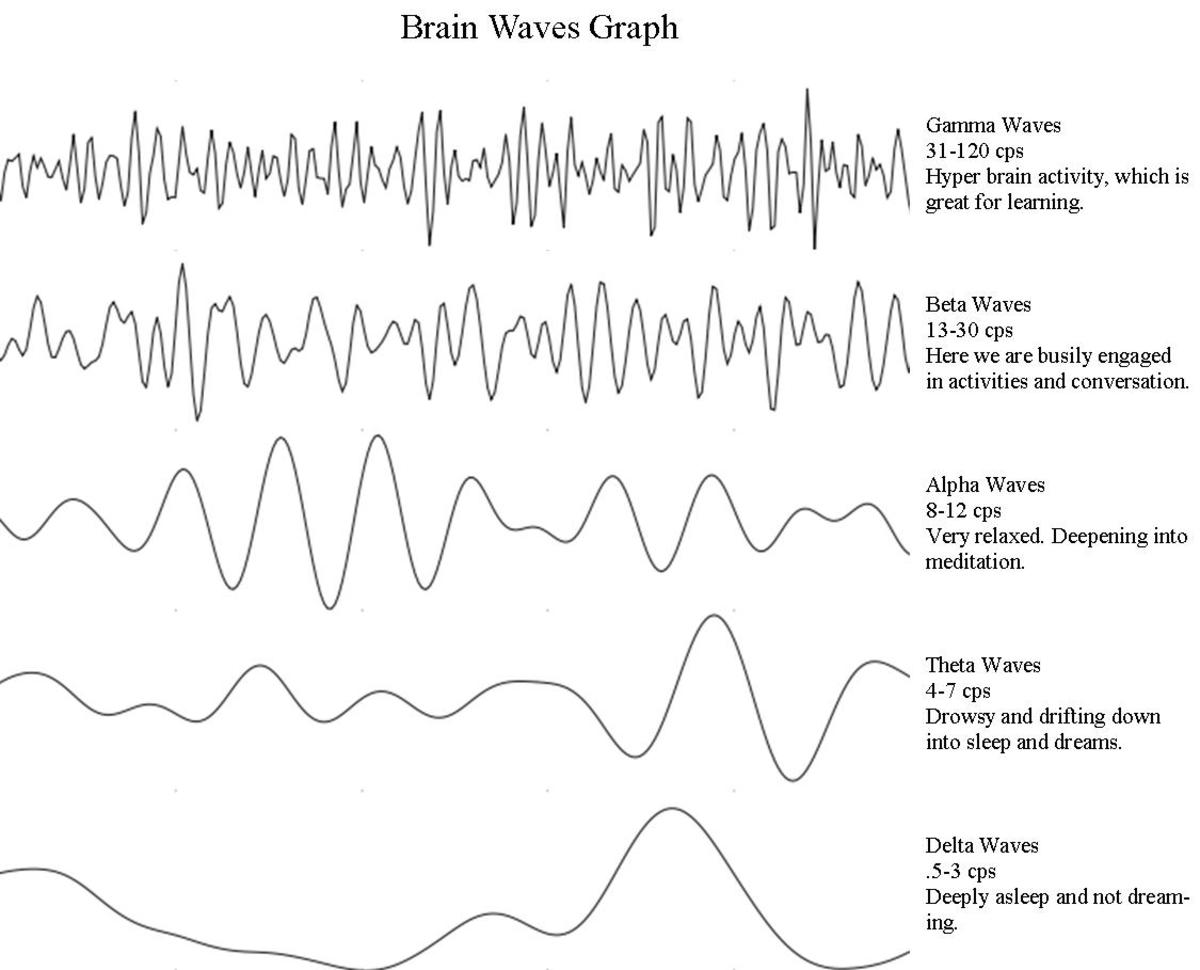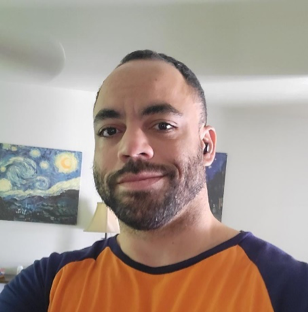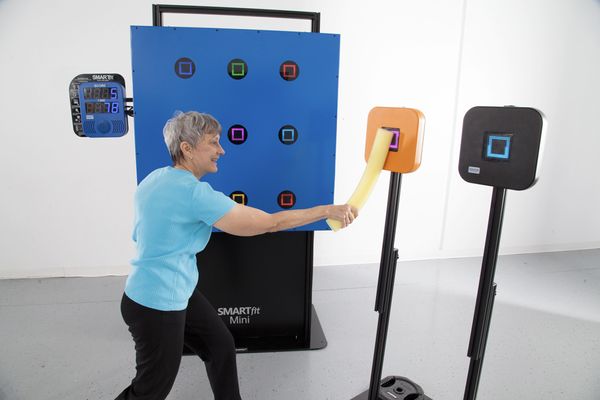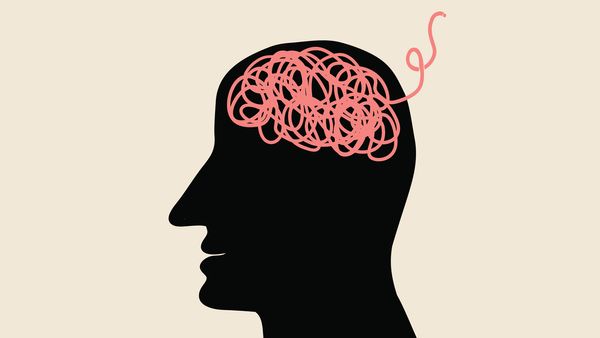In 10 seconds? Researchers were monitoring epileptic seizures in a patient with electroencephalography when he suddenly died and left them with the first-ever recording of a dying brain's wave patterns.
Why is this study important? Because it seems to confirm that our lives may indeed be flashing before our eyes before we die. This study measured the difference in the signaling of the brain during the dying process. A specific type of signaling – similar to that in sleeping, remembering, and meditating - increased right before the patient’s last moments while others faded. Although near-death experiences and death have been recorded before, this is the first detailed and definitive recording of the last moments of life.
How is this even possible? The short answer to the question is measuring brainwaves. These brainwaves are the product of the harmonized firing of neurons in one brain region communicating with another brain region. It is a similar concept to picking up the signals of radio waves. The researchers measured these waves at different time points of the dying process. You may have heard about measuring brain waves by reading about sleep studies. Although the particular brainwaves produced during sleep are quite different, the concept is the same.
How was this done? The patient, an 87-year-old Canadian man had fallen and gone into a coma. Over time, his condition worsened and he started to have seizures. When doctors knew that death was likely, the scientists involved in the project found him to be a good candidate for study. The researchers measured the brainwaves of the patient over a total of 900 seconds recorded in 30-second intervals.
What did they find out? The research indicates that the pattern of brainwaves, also called oscillations or just waves, was similar to that of memory retrieval. There are five types of brainwaves: gamma, alpha, delta, theta, and sigma which are differentiated by frequency (Hz). They all coordinate with each other differently according to our cognitive needs at the time. In this case, the gamma waves of higher frequency were partly affected by the alpha waves and theta waves were suppressed significantly during death. The main increase in all gamma-wave activity happened when the signaling of the rest of the brainwaves of the whole brain was weakened before the heart stopped. The measured increase in brainwaves right before death has been noted in other research experiments, but the current case study was definitive in measuring this activity while others could only be speculative in their findings.
You mentioned memories and an increase in gamma waves. How are they linked? Overall, that is a complex question. A recent paper from Nature Communications elucidated the physical manifestations and subsequent patterns of gamma-waves’ role in memory retrieval. A big picture explanation of this is that the hippocampus (used in working memory and memory retrieval in the brain) sends out the gamma waves that activate cortical neurons where memories are stored.

Is that it? No! Scarily enough, gamma waves are also associated with consciousness. On a positive note, according to WebMD, having more gamma waves is associated with positive feelings and understanding. This may indicate that you are very aware of the death process and have a positive perspective of it. So, it is likely the opposite of falling asleep, as some would think, and more like the out-of-body experience and enlightenment associated with near-death experiences.
OK. Dying brainwaves were recorded. But where do we go from here?
This study is a very important template to further investigate what happens when we die.
Admittedly, it was a little macabre, but we all have that question. Most of us have heard about near-death experiences where the person says that their life flashed before their eyes. This phenomenon has been recorded in other EEG studies that have measured brain activity before death but many disregarded this change in waves as just some type of interference that they could not explain.
The current study had better technology than previous studies and was specifically looking for this burst of activity before death.
In the future, there may be more convenient and accurate ways to measure brainwaves before death. There definitely needs to be a larger-scale experiment with more participants to bolster the evidence of this case study.
Chris has distilled 7 research papers saving you 24.5 hours of reading time.
The Science Integrity Check of this 3-min Science Digest was performed by Dr. Ángel V. Jiménez.






